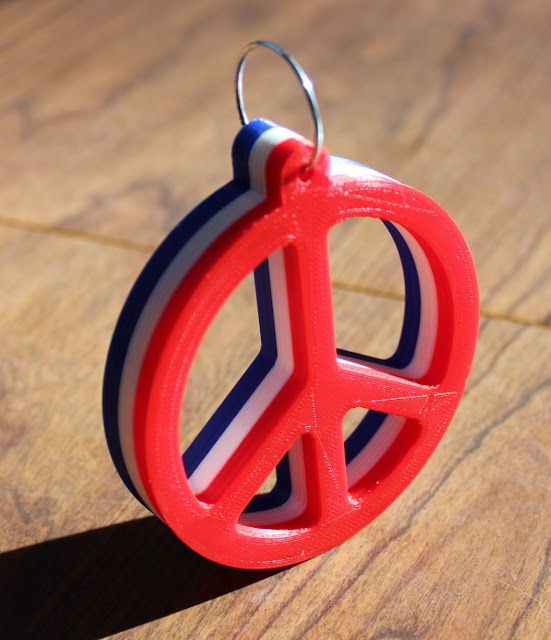I finished this project a few weeks ago and am finally posting about it now. On my Creality CR-10 S4 3D printer I found that once in a while when I am making something that the standard support for the spool of filament begins to vibrate more than I would like. This vibration is caused by the printer itself and the part it is making. When the head of the printer gets into a rhythm in the "Y" axis (a forward and back motion) that starts a vibration on the spool holder which increases the vibration even more. Not a good thing to have going on while 3D printing. So this project came to be.
The spool of filament rests on a horizontal shaft that is mounted to an arm at the rear of the control box for the Creality CR-10 series printers. This shaft setup seems to work fine other than the problem that I have come across. The vibration is caused by the resonance of the printer and is amplified by the spool hanging on this shaft.
To eliminate the resonance started by the rhythm of the printer I created the stabilizer for the shaft of the filament spool pictured above. It took me a couple of tries to get the alignment of the hole for the shaft and the "C" shaped form at the bottom of the stabilizer to line up correctly but it has been worth the effort. I printed the part using ABS filament with only a 20% infill. This part did not need to be very solid to do it's job and over the past few weeks I found this amount of infill to work very well.
With the stabilizer in place it has eliminated the resonance of the printer and just put my mind a little more at ease while running the machine. To install the stabilizer is a simple task of removing the large retaining nut on the end of the filament spool shaft and then sliding the new part onto the shaft and over the top of the control box as pictured above. The retaining nut is then reinstalled and it's ready to use. There is more than enough room on the shaft to have the stabilizer and spool together without any binding.
Here's a couple of good shots of the stabilizer installed on my 3D printer control box. I printed it in black to blend in with the rest of the components for my 3D printer. Of course any color would do just as well. It was just a matter of personal preference at this point. I am just happy that the new addition to the printer is working out very well and has cured one more issue that I felt needed to be addressed. If it makes 3D printing parts easier than I am all for it.























